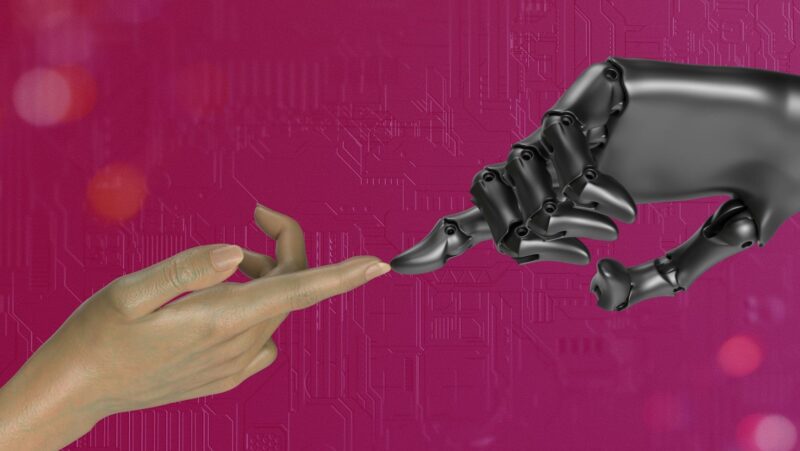An iPhone is a complex device with many different parts. These parts work together to make your phone function, and they’re all important for you to know about.
You should take some time to familiarize yourself with what each one does and how you can use them on a day-to-day basis.
Screen
The screen on your iPhone is perhaps its most important part. It’s the only way you’re able to interact with all of your phone’s other components, which makes it a crucial tool for everything from making calls and playing games to surfing the Internet.
The screen itself is where every pixel of information lives while you’re looking at it on your phone, and it’s also where you control everything that happens.
The screen is typically made from the same type of glass as a computer monitor or television set, allowing it to be functional yet durable enough for everyday use.
Home button
The home button is a physical button located at the bottom of your iPhone’s screen. It’s one of the most-used buttons on the device, as it’s responsible for taking you back to your home screen every time you press it.
In addition to its everyday functions, the home button can also be used for more advanced tasks such as multitasking and controlling the volume of your device.
You can also use it to force restart your iPhone in the event that it becomes unresponsive.
Volume buttons
The volume buttons are located on the side of your iPhone and can be used to change the volume of your device either while it’s ringing or while you’re listening to music or a podcast.
You can also use them to take a screenshot of whatever is currently on your screen. If you need to quickly mute your phone for any reason, just hold down the volume-down button until the sound is turned off.
Ring/Silent switch
The ring/silent switch is a button located on the side of your iPhone that can be used to quickly put your phone into silent mode.
When the phone is in silent mode, all sounds except for alarms will be turned off. This is a great option to use when you need to take a phone call in a quiet setting or when you’re in a meeting and don’t want your phone to ring.
To turn the sound back on, just press the ring/silent switch again.
Cameras
Every iPhone comes equipped with two cameras: a front-facing camera and a back-facing camera.
The front-facing camera is typically used to take pictures of yourself, while the back-facing one can be used for taking photographs or videos of whatever it is you’re looking at.
Speakers
The speakers on your iPhone are responsible for playing any sounds that come out of the device, including ringtones, music, video playback and alerts.
When playing music or watching videos, you’ll typically use headphones to listen to whatever is being played through your iPhone’s speakers.
However, if you’d rather have the audio output through a larger speaker, you can use the built-in one or connect your iPhone to a larger speaker with a headphone jack.
where is the sim card on iphone 7
The SIM card on the iPhone 7 is located in the same place as it was on the iPhone 6 and 6S.
To find it, you’ll need to open up your phone and remove the battery. The SIM card is a small, rectangular chip that’s located near the bottom of the device.
Conclusion
The iPhone is a complex device that relies on many different parts to function.
In this article, we’ve gone over the basics of what each part does and how you can use them in your day-to-day life with an iPhone.
We hope these tips have been helpful for anyone who’s just getting started using their new phone!



